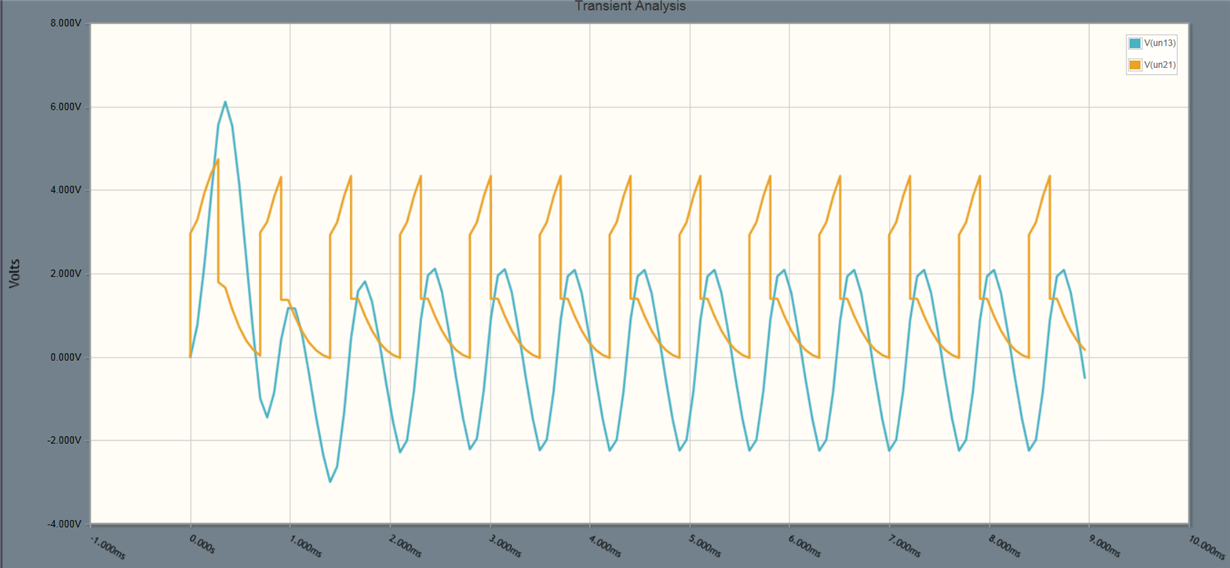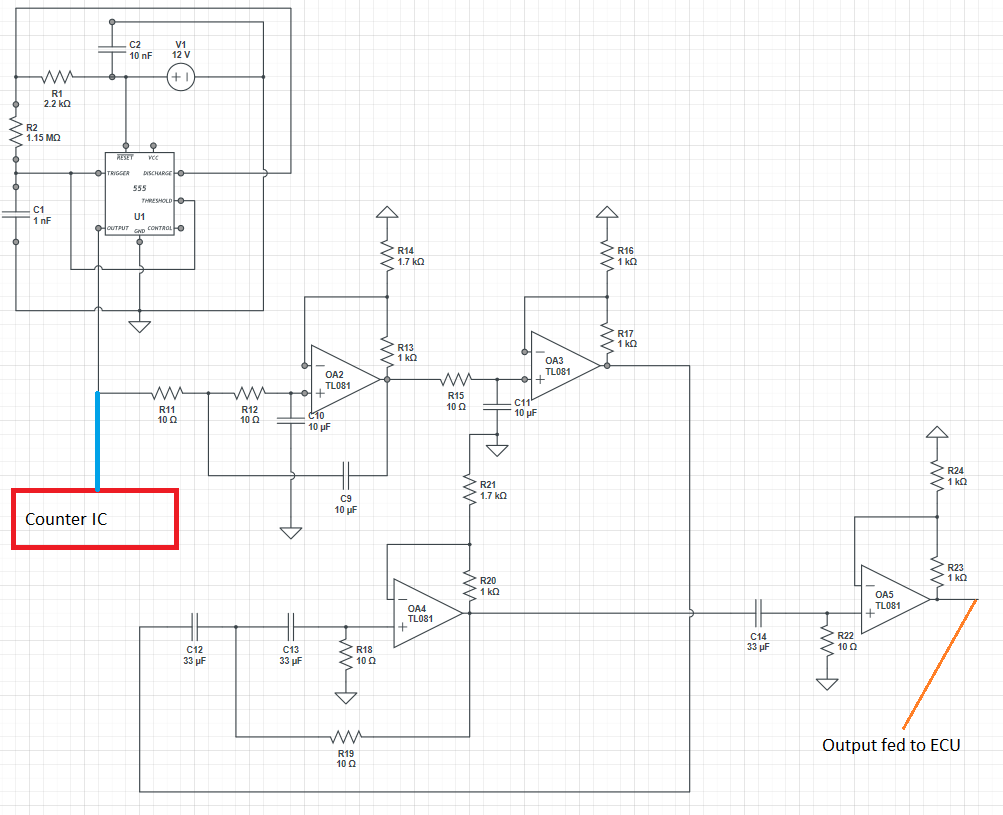Hello,
Been a while since I've tinkered around in the digital world so please bare with me. I've searched through multiple channels for info but struck out. Figured I'd finally throw a line out for help.
Right now I'm basically trying to get this chip to function on my bread board. Completely isolated from anything else, GRND on pin 8, 5.5V to pins 16,13,12....led's connected to QA, QB, QC, and QD.......and a 5.5V pulse from a on off switch going to the CLK input. None of the led's will light up. I have an led tied into the CLK input and it verifies a good clock signal is reaching the chip. Just not sure what to do. Any help would be appreciated.
Thanks,





